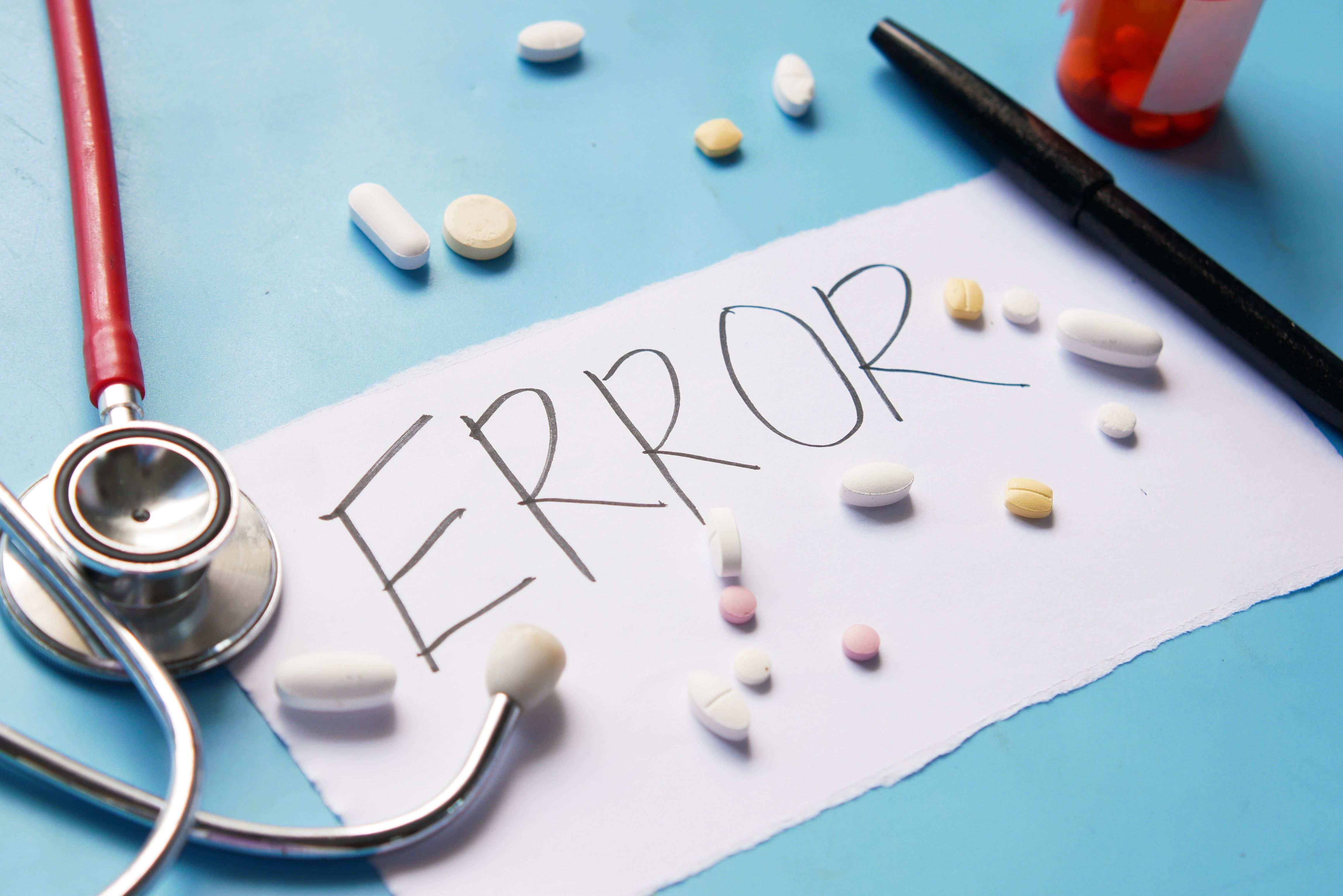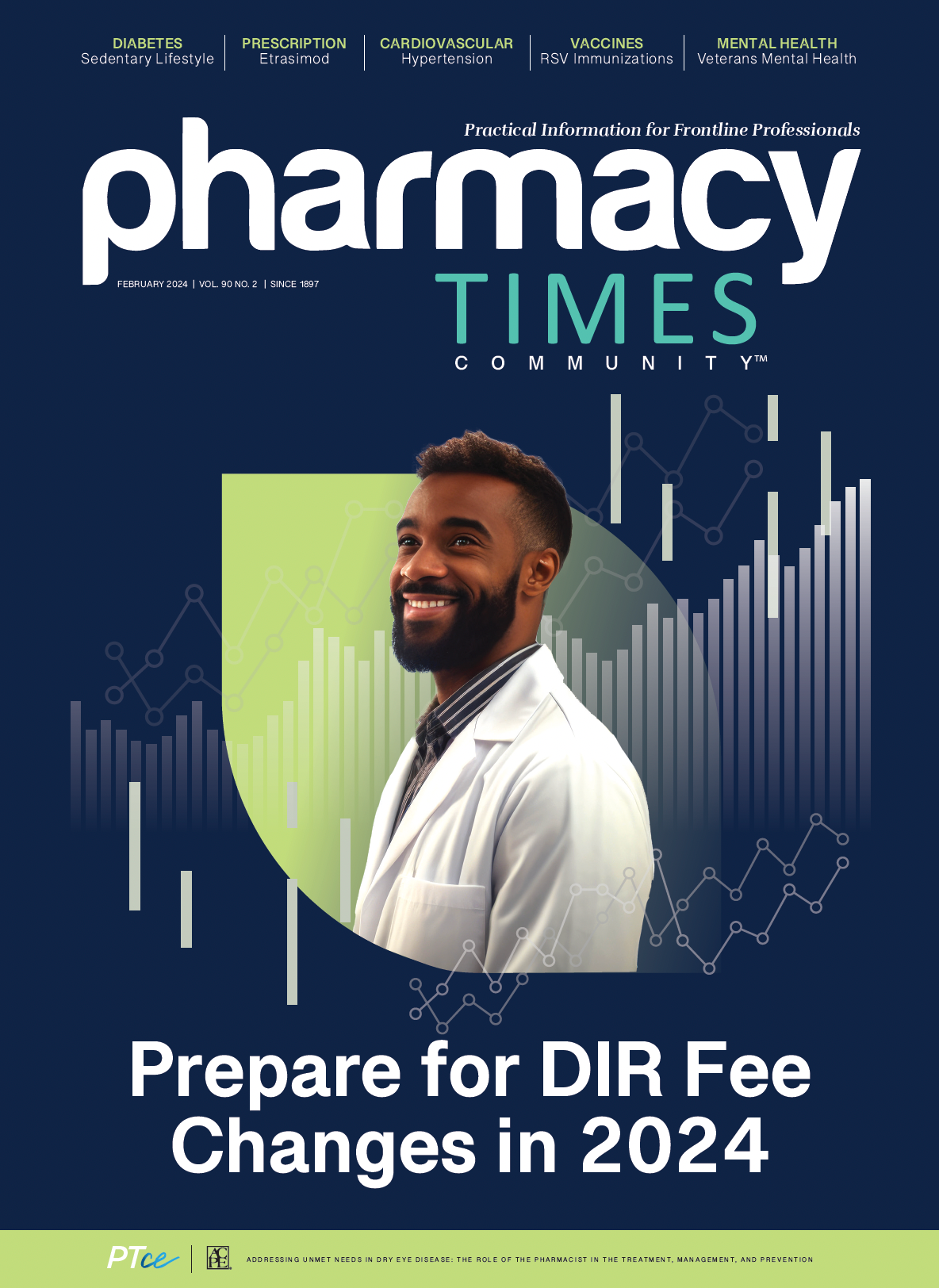Publication
Article
Pharmacy Times
Pharmacy Technicians Play Key Role in Avoiding Medication Errors
Author(s):
Taking a few seconds to double-check a prescription can have significant impacts on patient safety
Medication errors inevitably occur, despite the many years of experience of pharmacists and technicians. An error that particularly sticks out involved a prescription for pramipexole (Mirapex; Boehringer Ingelheim). A prescription came into the pharmacy for pramipexole 1 mg. The patient was directed to take 3 tablets by mouth 3 times per day. The recommended maximum total daily dose of pramipexole is 4.5 mg, so a computer-assisted warning popped up; the technician overrode it, saying the patient had been taking the medication as directed. This was not a transcription error because the provider wrote it for a daily dose of 9 mg. But because the technician or pharmacist was on autopilot, they did not catch the error and filled the prescription as it was written 4 times. Only during the fifth fill was the warning appropriately acknowledged, and the realization was made that the patient had been taking more than double the recommended maximum dosage.
Image credit: Towfiqu Barbhuiya | stock.adobe.com

Alert desensitization is real, but that safety stop could be the only thing standing between a patient and a sentinel event.
The late Senator Carl Levin (D, Michigan) said, “Even top-caliber hospitals cannot escape medical mistakes that sometimes result in irreparable damage to patients.” With 7000 to 9000 patients dying each year as a result of a medication error,1 his words ring true. Medication errors, one of the most common medical errors, cost the United States more than $40 billion annually.1 With well over 19,000 marketable prescription drugs, it stands to reason that prescribers, in addition to pharmacies, are making mistakes.2 Although hospitals remain the primary focus of national and international patient safety,3 community pharmacy personnel have a unique opportunity to catch these mistakes and prevent those near-misses in inpatient and outpatient settings, and it only takes a few seconds.
A recent systematic review stated that “Between 1.7% and 24% of prescriptions are erroneously delivered, and 1.5% to 4% of these errors result in patient injury. Therefore…one of the most common medical errors is errors caused by paper transcription. Paper prescribing endangers the patient’s safety and increases the potential for medical errors due to poor handwriting by physicians.”4
The use of e-scribing reduces the number of illegible hard-copy prescriptions, provides calculation assistance, and screens for potential adverse drug events.5 The e-prescriptions must be validated by the pharmacy upon receipt. Once validated, the prescription is retained in the patient’s record and is ready for routing. It is only when the drug is filled and checked by the pharmacist that any potential errors are caught. These validation mistakes, made by pharmacy staff, are known as e-transcription errors.
Transcription errors are not limited to new prescriptions; refills are equally at risk. When checking prescriptions, the label is one of many key elements to be reviewed. The original prescription must be verified against what has been printed on the label.
Our patients rely on us to keep them safe and healthy, and taking the time to ensure accuracy and asking for help when you are unsure or overwhelmed ensures that patients receive the care and attention they deserve.
About the Author
Jessica Molina, CPhT-Adv, in-D, is a licensed pharmacy technician at Womack Army Medical Center in Fort Liberty, North Carolina. She has almost 15 years of experience working in the pharmacy field.
References
- Tariq RA, Vashisht R, Sinha A, Scherbak Y. Medication dispensing errors and prevention. StatPearls Publishing. May 2, 2023. Accessed January 10, 2024. https://www.ncbi.nlm.nih.gov/books/NBK519065
- Regulated products and facilities. FDA. August 2018. Accessed January 10, 2024. https://www.fda.gov/media/115824/download
- Dhamanti I, Kurniawati E, Zairina E, Nurhaida I, Salsabila S. Implementation of computerized physician order entry in primary care: a scoping review. J Multidiscip Healthc. 2021;14:3441-3451. doi:10.2147/JMDH.S344781
- Osmani F, Arab-Zozani M, Shahali Z, Lotfi F. Evaluation of the effectiveness of electronic prescription in reducing medical and medical errors (systematic review study). Ann Pharm Fr. 2023;81(3):433-445. doi:10.1016/j.pharma.2022.12.002
- Abramson EL. Causes and consequences of e-prescribing errors in community pharmacies. Integr Pharm Res Pract. 2015;5:31-38. doi:10.2147/IPRP.S64927

Newsletter
Stay informed on drug updates, treatment guidelines, and pharmacy practice trends—subscribe to Pharmacy Times for weekly clinical insights.





